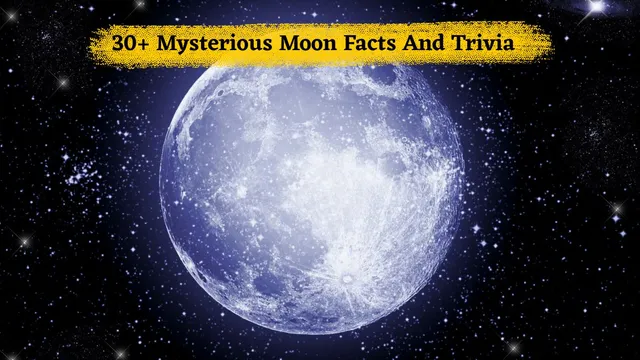- By Aditi Priya Singh
- Sun, 20 Jul 2025 12:08 PM (IST)
- Source:JND
30+ Mysterious Moon Facts: National Moon Day is observed annually on July 20th to celebrate the day that people set foot on the moon for the first time in 1969. As the first person to set foot on the moon, astronaut Neil Armstrong's landing was a historic event. The Moon, however, is much more than just a historical site; it is teeming with fascinating, intriguing, and enigmatic facts that most people are unaware of.
Did you know that there is no wind or weather on the Moon? Or, when struck by a spacecraft, does it ring like a bell? Even now, scientists continue to discover new things about it. The Moon has many unexpected secrets, from its hidden side to its impact on our mood and sleep.
Whether you're a student, a space geek, or just someone who enjoys fun knowledge, get ready to discover a side of the Moon you’ve never known before. In this article, you’ll explore 30+ mind-blowing Moon facts that are fun, weird, and fascinating. These facts are perfect for Moon lovers, trivia fans, and anyone curious about space.
30+ Mysterious Moon Facts & Trivia
1. The Moon was once part of Earth
Scientists believe it formed from debris after a Mars-sized object hit Earth 4.5 billion years ago.
2. It’s slowly moving away
The Moon drifts about 3.8 cm away from Earth every year.
3. The Moon has moonquakes
Like earthquakes, but smaller, they happen due to tidal stresses and meteor impacts.
4. It rings like a bell
When Apollo 12 crashed part of its lander into the Moon, it rang for nearly an hour, surprising scientists.
5. There's no atmosphere
That’s why there's no sound and the sky always looks black.
6. Moon dust is dangerous
It’s sharp like glass and can damage astronauts' lungs and suits.
7. Gravity is weaker
The Moon’s gravity is only 1/6th that of Earth, making astronauts bounce when they walk.
8. It has water
Ice has been found at the Moon’s poles inside permanently shadowed craters.
9. The same side always faces Earth
This is due to tidal locking; we never see the far side from Earth.
10. The far side isn’t dark
It gets sunlight just like the near side; it’s just hidden from our view.
ALSO READ: International Kissing Day: 30+ Fascinating Fun Facts And Surprising Trivia About Kisses
11. Days are super long
One lunar day (sunrise to sunrise) lasts about 29.5 Earth days.
12. You’d weigh less there
If you weigh 60 kg on Earth, you’d weigh only 10 kg on the Moon.
13. The Moon has no magnetic field
Unlike Earth, which makes compasses useless there.
14. It causes tides on Earth
The Moon’s gravity pulls ocean water, creating high and low tides.
15. The Moon is slowly becoming tidally locked to Earth
It once spun faster, but Earth's gravity slowed it.
16. Buzz Aldrin took communion on the Moon
He was the second man to walk on the Moon and quietly performed a religious ceremony.
17. Apollo 11's flag is likely faded or gone
Sunlight and harsh conditions may have destroyed it.
18. There are footprints still there
With no wind or rain, footprints from Apollo missions can last millions of years.
19. It has mountains and valleys
The tallest mountain, Mons Huygens, is about 5.5 km high.
20. It has lava tubes
Ancient volcanic activity left behind tunnels that may be explored in future missions.
21. Moonlight is sunlight
The Moon doesn’t glow; it reflects light from the Sun.
22. There's a day for it
July 20 is celebrated as National Moon Day to mark the first Moon landing.
23. Its size affects eclipses
It’s just the right size to perfectly block the Sun during a total solar eclipse.
24. The Moon may influence sleep
Some studies show people sleep less during full moons.
25. Animals react to moon phases
Sea turtles and coral spawn based on moonlight.
ALSO READ: National Handshake Day 2025: 30+ Fun Facts And Trivia About Handshakes
26. It’s been visited by 12 humans
All of them are American men from NASA’s Apollo program.
27. It has names in different cultures
Native Americans named each full moon differently, like “Wolf Moon” or “Harvest Moon.”
28. Full moons have effects on humans
Many people report feeling more energetic or emotional during full moons.
29. It might become a space base
NASA and other agencies plan to build lunar stations for future exploration.
30. It reflects only 12% of light
Despite appearing bright, the Moon reflects less light than paper.
31. There are lunar eclipses
These occur when Earth blocks sunlight from reaching the Moon.
32. It’s Earth’s only natural satellite
But some planets, like Jupiter, have more than 90 moons.

